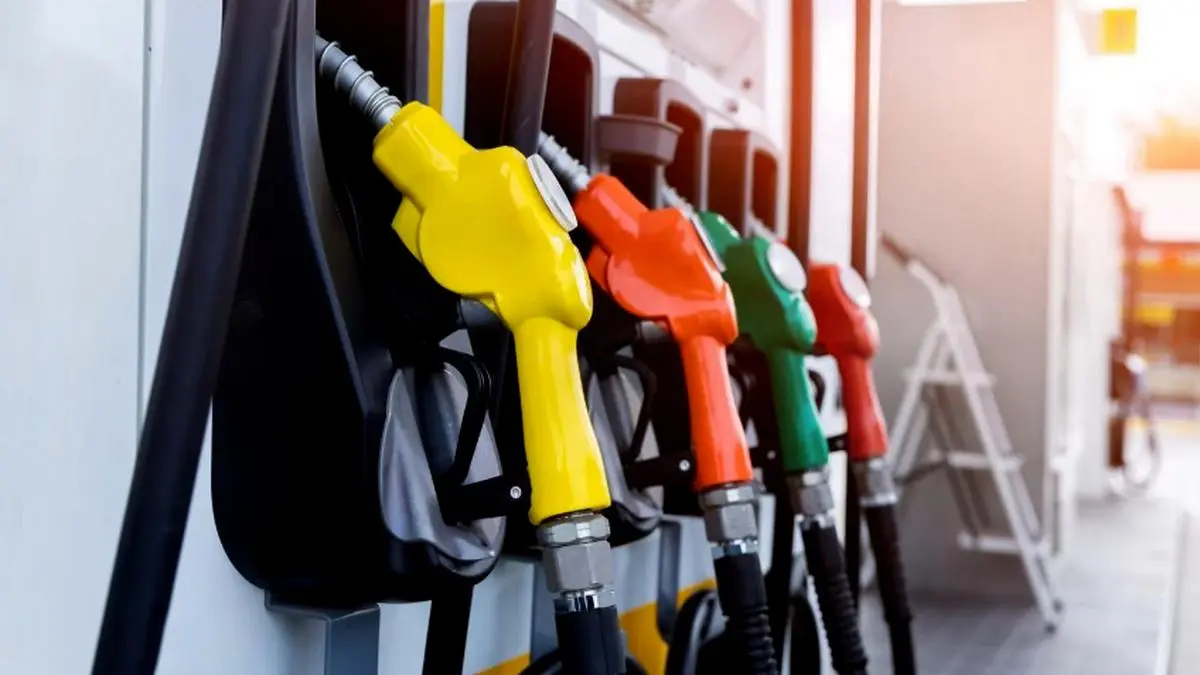By Sucheta Naveen
Copyright thehindubusinessline

India’s ethanol blending program has been in the news of late, with consumers resisting the move to increase the proportion. Ethanol blending in petrol has increased from 4.2 per cent in FY18 to 18.9 per cent in FY25, bringing India within touching distance of its E20 target for FY26. But increased blending has not brought down crude oil imports or retail prices of petrol materially.
India’s ethanol blending programme began in 2003 when public sector oil market companies were told to sell 5 per cent ethanol-blended petrol (E5) in certain regions. The National Policy on Biofuels was amended in 2022 to advance the target of E20 from 2030 to 2025-26. The primary objective of ethanol blending is to reduce the crude oil import bill, reduce emissions and to create additional revenue to farmers producing ethanol.
No impact on imports
But the increase in ethanol blending proportion has not really arrested crude oil imports. Imports increased from 234 million tonne in FY24 to 243 million tonne in FY25, registering a growth of 3.8 per cent. This is higher than the pre-pandemic growth rate of 2.8 per cent in FY19.
With ethanol-blended fuel limited to petrol or motor spirits, the impact of the blending on overall crude oil imports may not be much, says Madan Sabnavis, Chief Economist, Bank of Baroda. Other by-products of crude, such as diesel and naphtha, also impact the overall demand for crude oil imports. Diesel demand could be subdued due to sluggish manufacturing activity. But an increase in e-commerce could increase demand for diesel.
Sustained demand for petrol or motor spirits, despite increased electric vehicle adoption, could be another factor behind the increase in crude oil imports. Petrol consumption increased 7.5 per cent in FY25, growing at a higher rate compared to FY24. Lack of adequate public transport in urban areas and an increase in the working population appears to be driving increased petrol consumption.
Petrol prices remain elevated
The retail selling price of petroleum products has also remained elevated, declining only marginally in FY24.
Prices climbed from ₹76.9 per litre in FY18 to ₹109.3 per litre in FY22, coinciding with post-pandemic economic recovery and supply chain disruptions as well as the crude oil price spikes triggered by the Russia–Ukraine conflict. Prices have since moderated, easing to ₹101 per litre in FY25.
The price is not a limiting factor in fuel because the prices of petroleum and diesel are controlled and the rates are fixed by the government, says Sabnavis. The gains and losses are distributed between the OMCs and the government depending on the international crude price. Consumption is unlikely to take a hit because of the fuel prices.
Published on September 16, 2025



